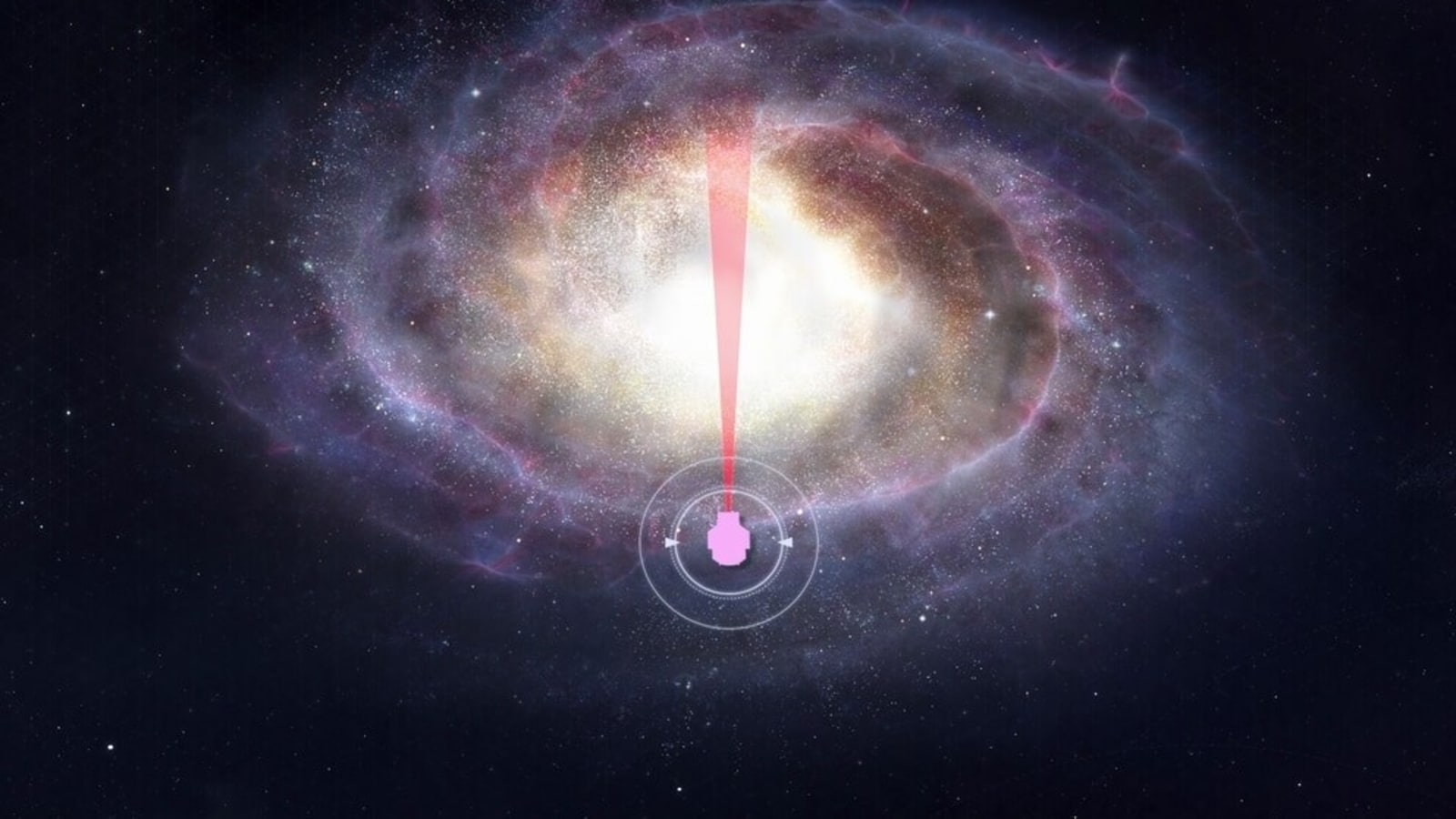The Nancy Grace Roman Space Telescope, scheduled for launch in May 2027, is poised to revolutionize our understanding of the Milky Way Galaxy. This pioneering NASA mission aims to meticulously monitor millions of stars, seeking out subtle variations in their brightness that could indicate the presence of various celestial objects such as exoplanets, distant stars, icy bodies within our solar system, and even black holes.
The capabilities of the Roman Space Telescope are of utmost importance for advancing the field of time-domain astronomy, which focuses on studying how the universe evolves over time. By harnessing its powerful infrared vision, the telescope’s Galactic Bulge Time-Domain Survey will turn its gaze towards our own Milky Way Galaxy, peering through the dusty clouds that often obstruct our view of its central region.
What makes the Roman Space Telescope truly exceptional is its unique combination of a vast field of view and exceptional precision. This makes it a veritable treasure trove of discoveries, capable of unraveling previously unknown aspects of our universe.
During its mission, the NASA spacecraft will actively hunt for microlensing events. These unique events occur when celestial objects become perfectly aligned, causing the foreground object to temporarily magnify the background star’s light, acting as a natural magnifying glass. By conducting a series of observations every 15 minutes throughout the day and night for approximately two months, and repeating this process six times over its primary five-year mission, the Roman Space Telescope aims to uncover over a thousand exoplanets, potentially including those within their star’s habitable zone.
In addition to the quest for exoplanets, the Roman Space Telescope’s microlensing observations will shed light on the prevalence of planets around different types of stars, including binary star systems. Furthermore, the telescope will also detect other fascinating celestial bodies such as neutron stars, black holes, brown dwarfs, and Kuiper belt objects. Its contribution to stellar seismology studies will deepen our understanding of the complex and ever-changing universe.
The launch of the Nancy Grace Roman Space Telescope is eagerly anticipated by astronomers worldwide, as it holds the promise of illuminating the secrets of the Milky Way Galaxy and beyond. With its cutting-edge capabilities and unprecedented ability to explore the cosmos, this NASA mission is poised to propel our understanding of the universe to new and extraordinary heights.

I’m a highly experienced and respected author in the field of cryptocurrency. I have been writing about Bitcoin, Ethereum, Litecoin and other digital currencies for over 5 years which is widely regarded as one of the most knowledgeable and reliable sources of information in this area.








